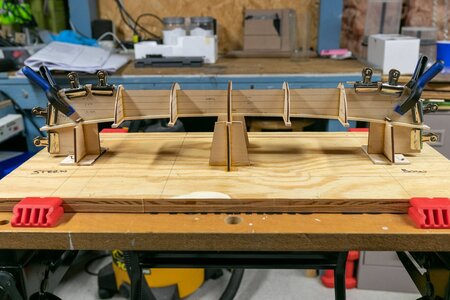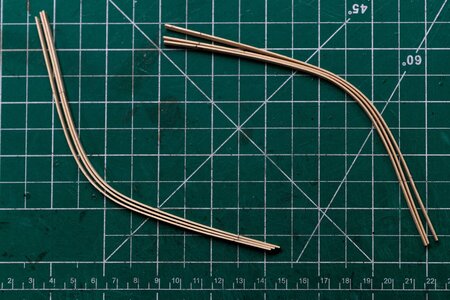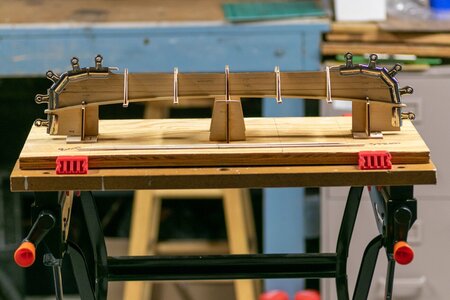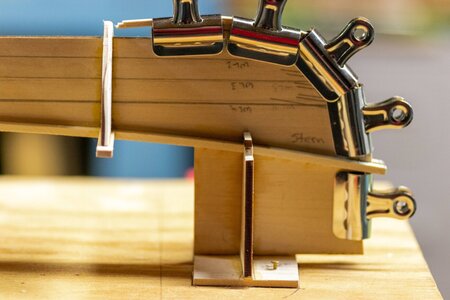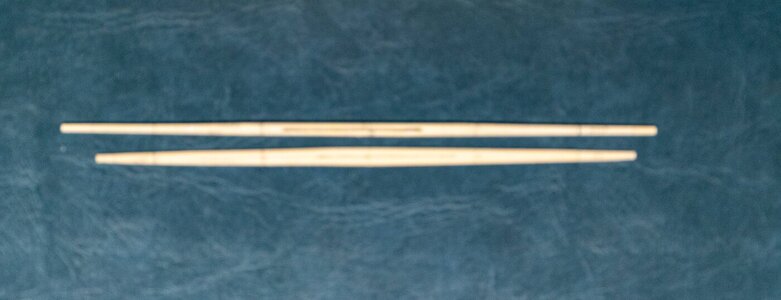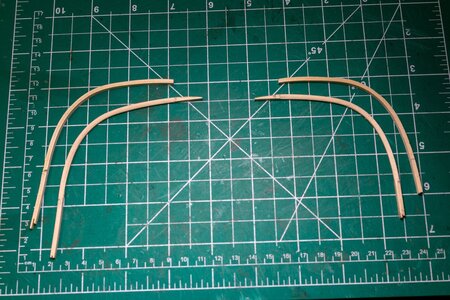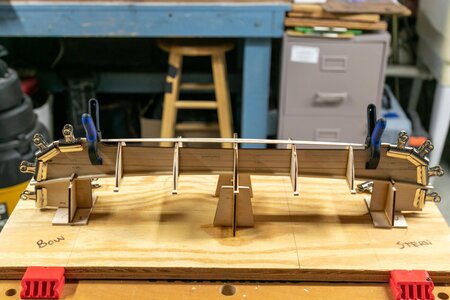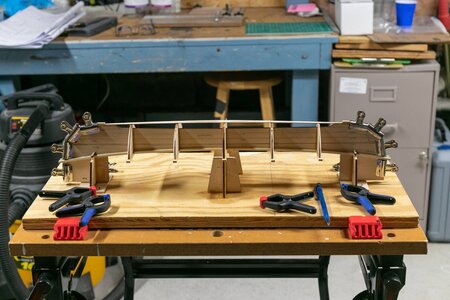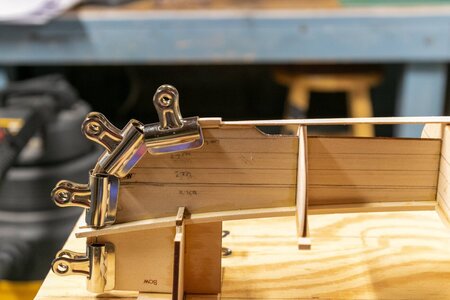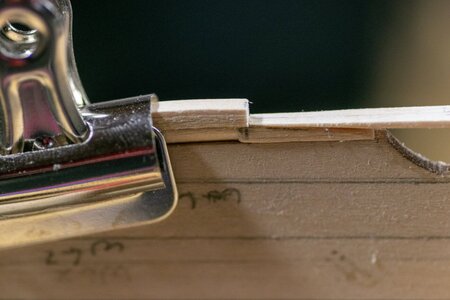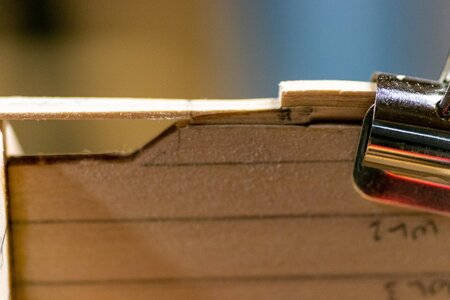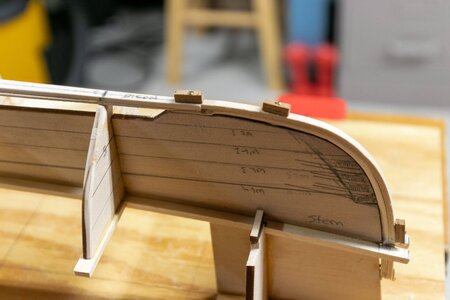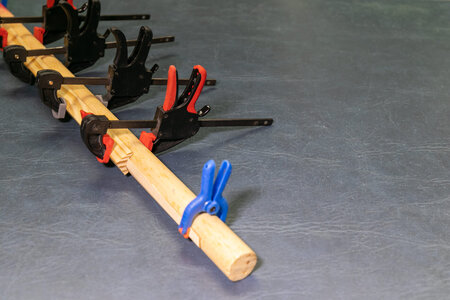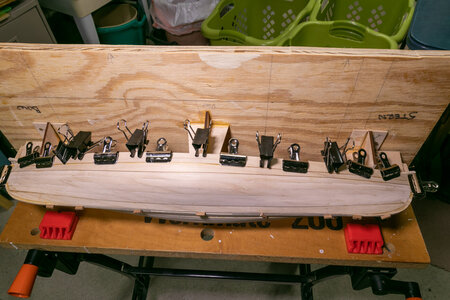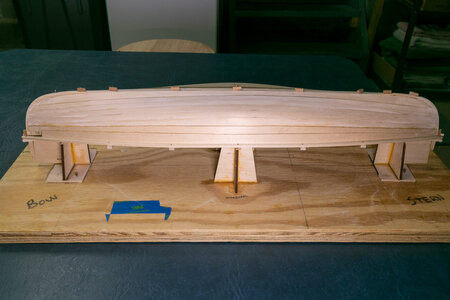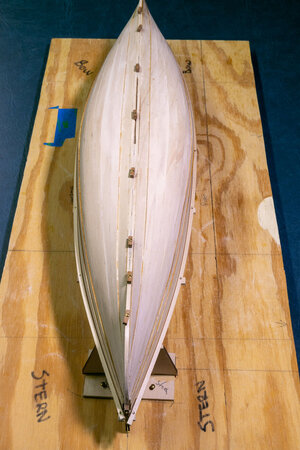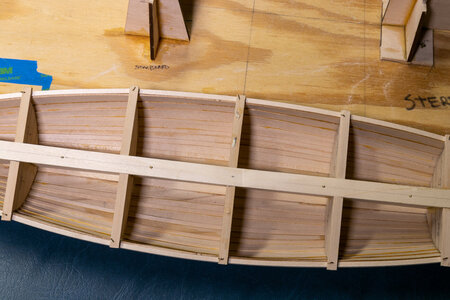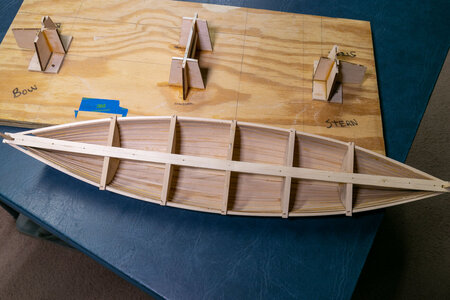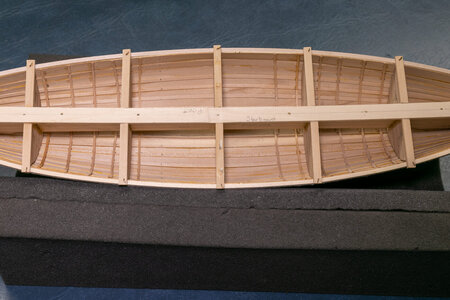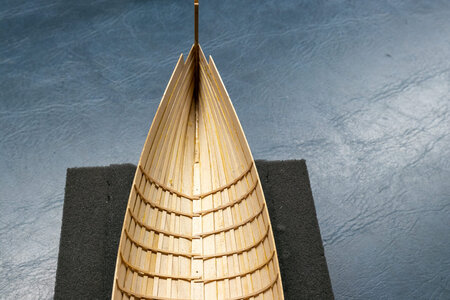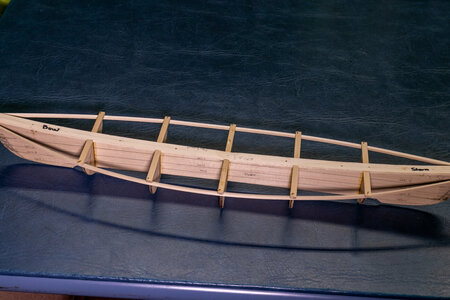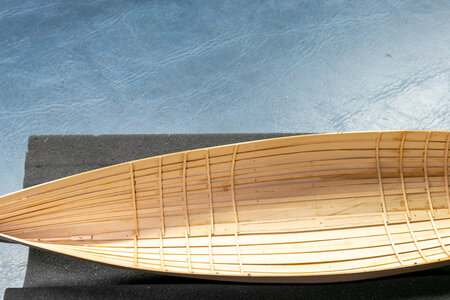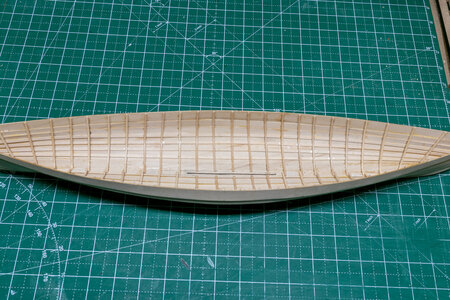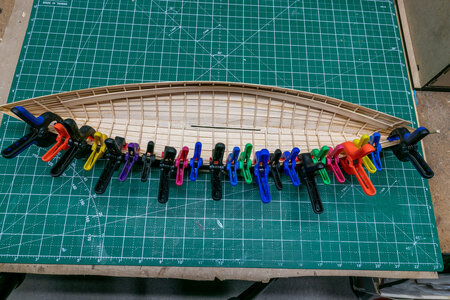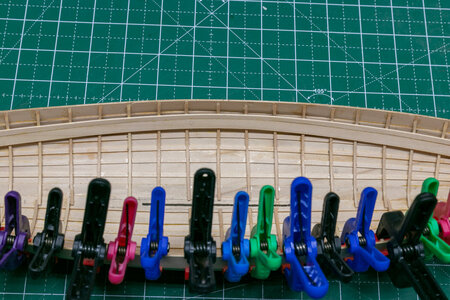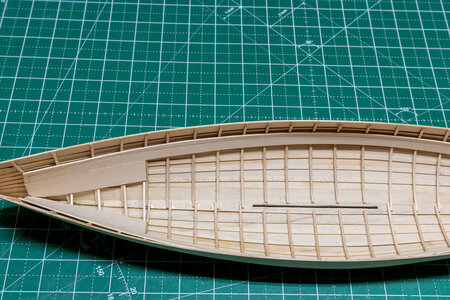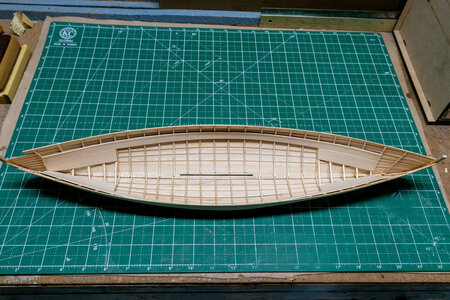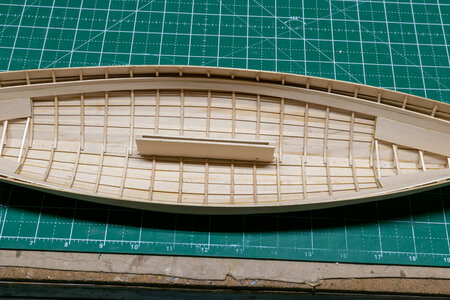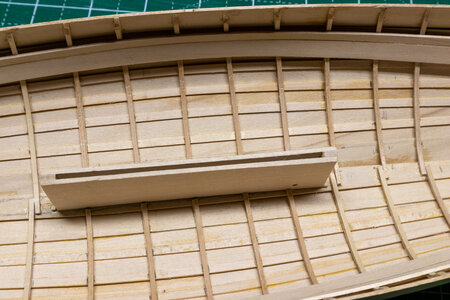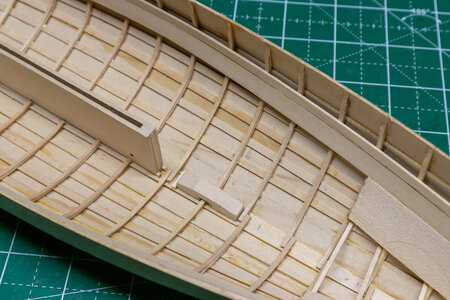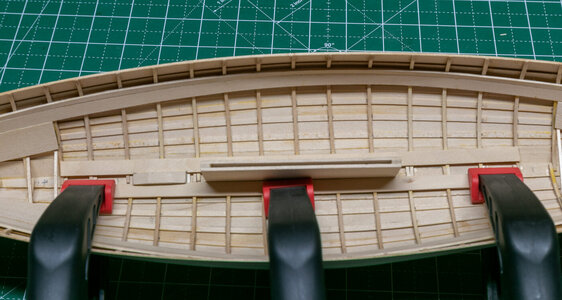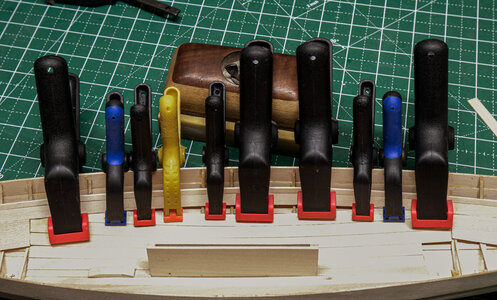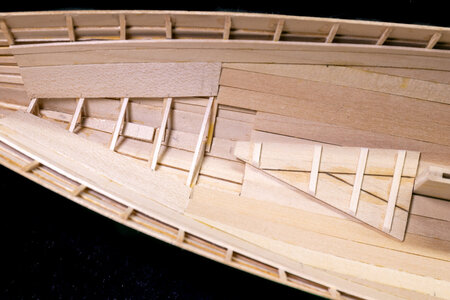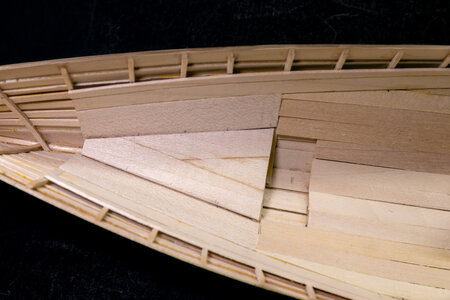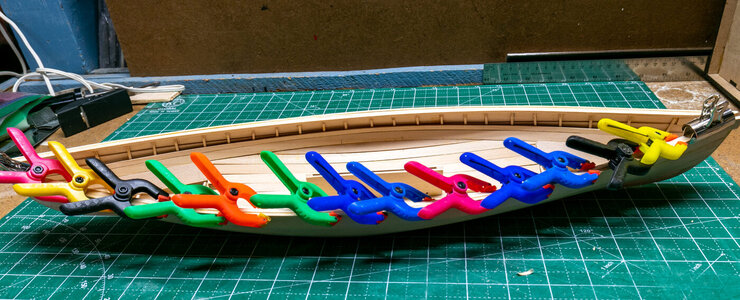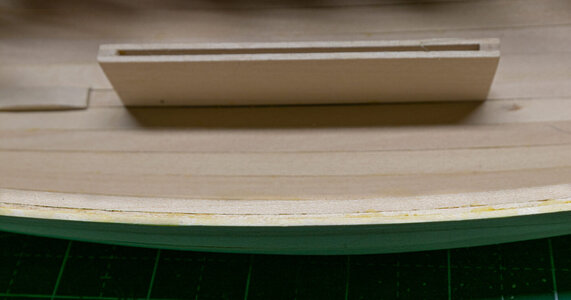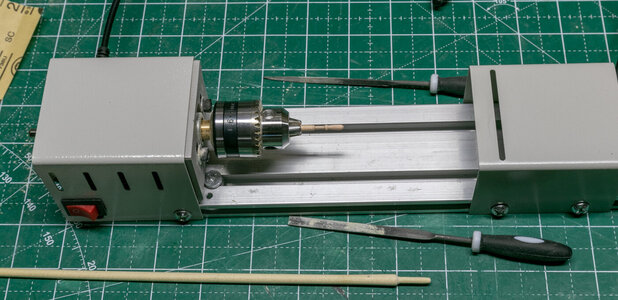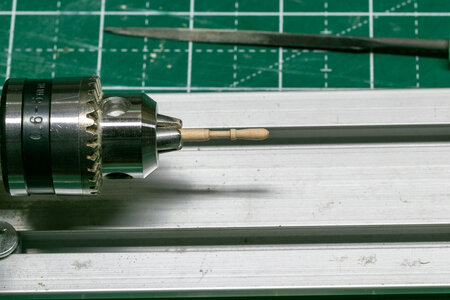I have been motivated by Vic's (Vfordyce) Galille Boat (https://shipsofscale.com/sosforums/threads/galilee-boat-kit-from-scott-miller-completed-build.9348/) to post a build log of the whaleboat that I have been working on for the past 10 months or so as I worked on the Endurance (https://shipsofscale.com/sosforums/threads/endurance-occre-1-70-jeff-t-completed-build.9004/). I say that since the whaleboat is built in the same manner as the Galilee Boat; that being upside down on a mold (or mould as the case may be). Thanks for the motivation, Vic.
As I start the published log, I only have a few details along with the sails to do. Therefore, this will primarily be a photo log with some text describing issues encountered or description of the pictures where it might be helpful. I have been photographing most of the steps as I go along.
Why build the Model Shipways Whaleboat?
For reference I am using the large book that comes with the model and other build logs available on the web. I am especially using the detailed build log of John Fleming. When I started the build, Mr. Fleming had this log posted on his own server, but in the past 6 months or so that site is no longer operational. Luckily, I had printed the entire log to a PDF for easy reference, so I still have it. His build has been invaluable for additional instruction.
I did not photograph the contents of the box, but there are many other builds available that show the contents. The materials supplied are quite nice and therefore good to work with.
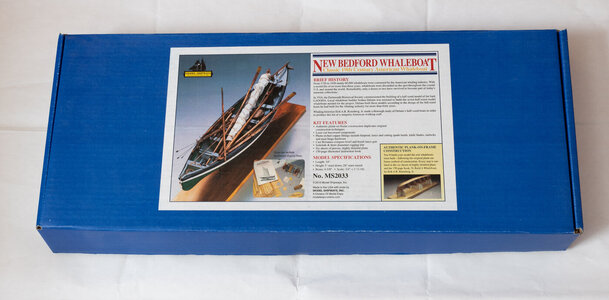
The first step is to build the build the mold on the horses. Everyone who builds this kit quickly finds out the horses (mold stands) are not cut correctly and ends up adding material under the 2 shorter ones. It was no different for me. After building the mold, I rubbed beeswax on all on the surfaces of the section molds where the planking will touch them so as to inhibit any excess glue from sticking. This is necessary as the hull will be removed from the building mold when it is completed.
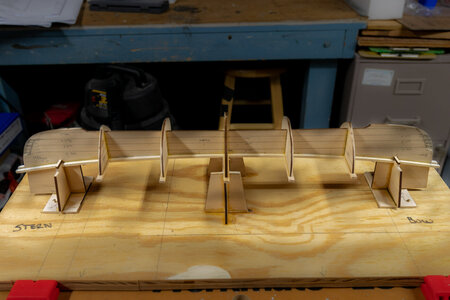
As I start the published log, I only have a few details along with the sails to do. Therefore, this will primarily be a photo log with some text describing issues encountered or description of the pictures where it might be helpful. I have been photographing most of the steps as I go along.
Why build the Model Shipways Whaleboat?
- The kit is a relatively inexpensive kit
- The kit is a fairly large scale, so it has lots of details.
- I assumed that it would help improve my modelling skills
- Since this is a Model Shipways kit it should help me get used reading and working with this company's instructions and plans. My next build will be the MS kit of the Bluenose, so this should be useful in the long run.
For reference I am using the large book that comes with the model and other build logs available on the web. I am especially using the detailed build log of John Fleming. When I started the build, Mr. Fleming had this log posted on his own server, but in the past 6 months or so that site is no longer operational. Luckily, I had printed the entire log to a PDF for easy reference, so I still have it. His build has been invaluable for additional instruction.
I did not photograph the contents of the box, but there are many other builds available that show the contents. The materials supplied are quite nice and therefore good to work with.

The first step is to build the build the mold on the horses. Everyone who builds this kit quickly finds out the horses (mold stands) are not cut correctly and ends up adding material under the 2 shorter ones. It was no different for me. After building the mold, I rubbed beeswax on all on the surfaces of the section molds where the planking will touch them so as to inhibit any excess glue from sticking. This is necessary as the hull will be removed from the building mold when it is completed.




